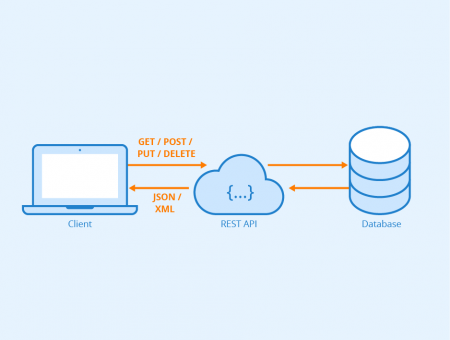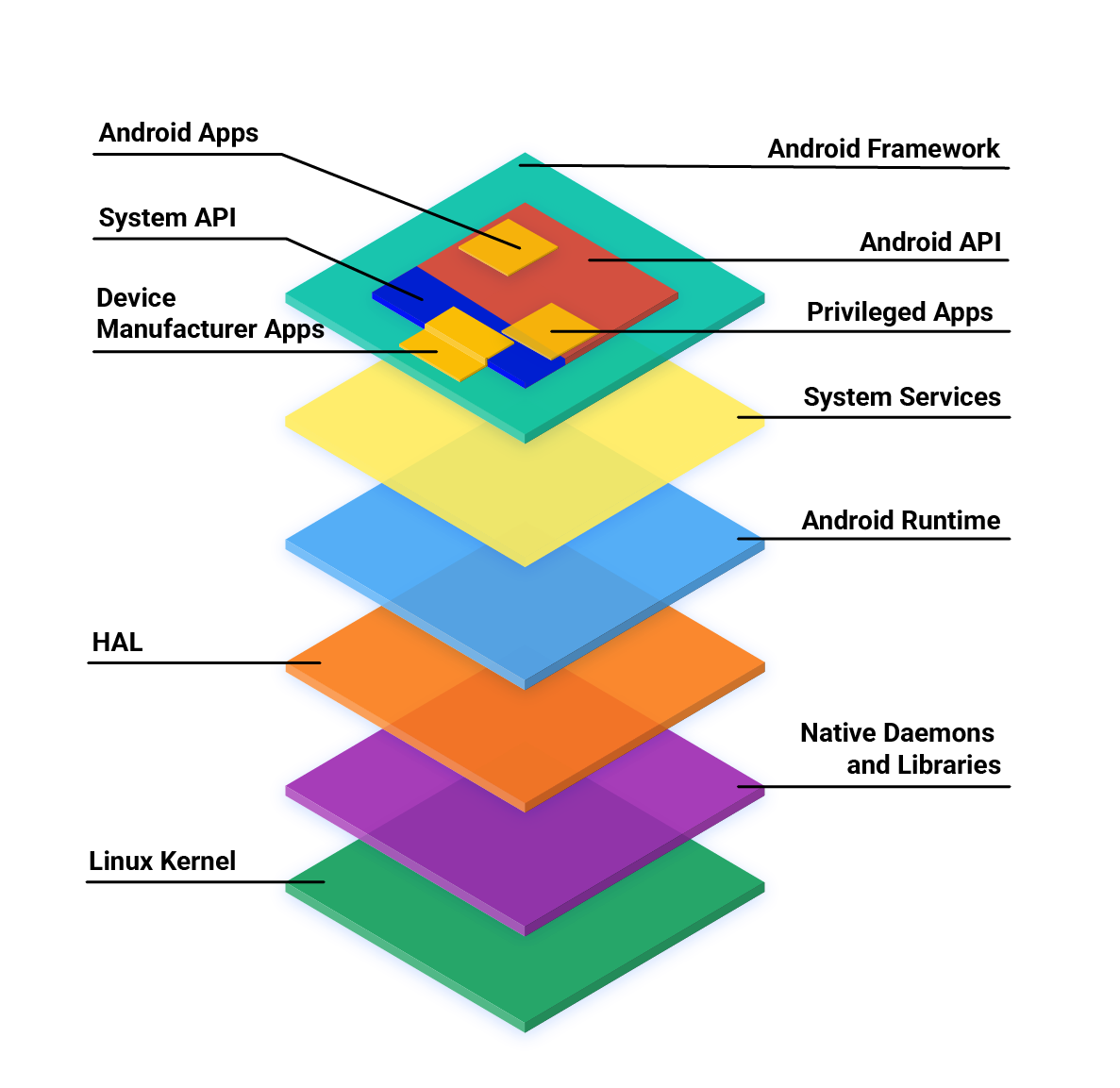Welcome to the "Learning Journey" series. This space is my personal archive where I share insights and discoveries from my explorations into new tech territories, particularly back-end development and cloud services. As I continue to broaden my tech understanding, I hope this series inspires and contributes to your own learning journey.
1. Understanding the Concept of a Database
A database is a structured repository of data stored electronically. This data, which could pertain to people, products, transactions, or any other entity significant to an individual or a business, is organized to facilitate ease of access, management, and update. Databases serve as the backbone of any data-driven business decision-making process, making them an indispensable part of today's businesses.
2. Database Management Systems (DBMS)
A Database Management System (DBMS) is a specialized software designed to interact with the user, applications, and the database itself to capture, analyze, and manage data. It serves as an interface between the database and end-users, or to other application programs, allowing users to organize, retrieve, and manage data in a systematic way.
3. Diving Deeper into Database Management Systems
DBMSs come in various forms, each with unique strengths, catering to different types of applications:
- Relational DBMS (RDBMS): The RDBMS organizes data into a set of tables with rows and columns, establishing relationships between different records and tables. These are well-suited for applications needing structured data management and are the most popular type of DBMS. Examples include MySQL, Oracle, and PostgreSQL. However, RDBMS may struggle with unstructured data, making them less suited for handling large volumes of such data.
- Object-Oriented DBMS (OODBMS): This type of DBMS organizes data into objects instead of tables. The objects and their relationships form the core data model, making this DBMS type useful for applications handling complex, often unstructured, data like multimedia content or scientific data.
- NoSQL DBMS: NoSQL DBMS is designed with scalability and performance in mind. They do not require fixed table schemas and usually steer clear of join operations, allowing them to handle large volumes of structured, semi-structured, and unstructured data. They are commonly used in big data and real-time web applications. Examples include MongoDB, Cassandra, and Redis.
4. An Overview of Various Types of DBMS: Hierarchical, Network, Relational, Object-Oriented, Object-Relational
- Hierarchical DBMS: Here, data is represented in a tree-like structure with a single root, and all other data is linked to it. Each child record has only one parent.
- Network DBMS: This type of DBMS enhances the hierarchical DBMS by allowing each record to have multiple parent and child records, forming a web-like structure of networked records.
- Relational DBMS (RDBMS): The most prevalent DBMS type, it stores data and their relationships in tables.
- Object-Oriented DBMS (OODBMS): This DBMS allows creating objects, instances of classes, which can include both data and methods.
- Object-Relational DBMS (ORDBMS): This type merges features of both relational DBMS and object-oriented DBMS, offering enhanced versatility.
5. SQL: Commanding the Realm of Data Manipulation
SQL, or Structured Query Language, is a standard language to interact with databases, predominantly those adhering to the relational model. It allows for a diverse range of
tasks such as creating, retrieving, updating, and deleting data.
- Creating data: The
CREATEcommand is used to construct a database or a table. TheINSERTcommand is used to populate data into a table. - Reading data: The
SELECTcommand retrieves data from a database. It allows fetching data from specific columns, multiple tables simultaneously using a JOIN operation, or with specific characteristics using a WHERE clause. - Updating data: The
UPDATEcommand modifies data in a table. Typically, this command is used with a WHERE clause to specify the exact data to modify. - Deleting data: The
DELETEcommand removes data from a table, typically used with a WHERE clause to specify the data to be removed. - Altering structure: The
ALTERcommand modifies the structure of the database, allowing adaptations as per changing requirements.
Here's a quick illustration of how you might use SQL to create a table, add data to it, and then retrieve that data:
CREATE TABLE Employees (
EmployeeID int,
FirstName varchar(255),
LastName varchar(255),
Position varchar(255)
);
INSERT INTO Employees (EmployeeID, FirstName, LastName, Position)
VALUES (1, 'John', 'Doe', 'Software Engineer');
SELECT * FROM Employees WHERE Position = 'Software Engineer';6. An Introduction to NoSQL
NoSQL is a broad category of database management systems that do not use SQL as their primary data access language. These databases, tailored for specific data models, exhibit flexible schemas for building modern applications.
NoSQL databases are renowned for their ability to manage large volumes of structured, semi-structured, and unstructured data. They excel in areas where traditional RDBMS might falter, offering performance, scalability, and flexibility





